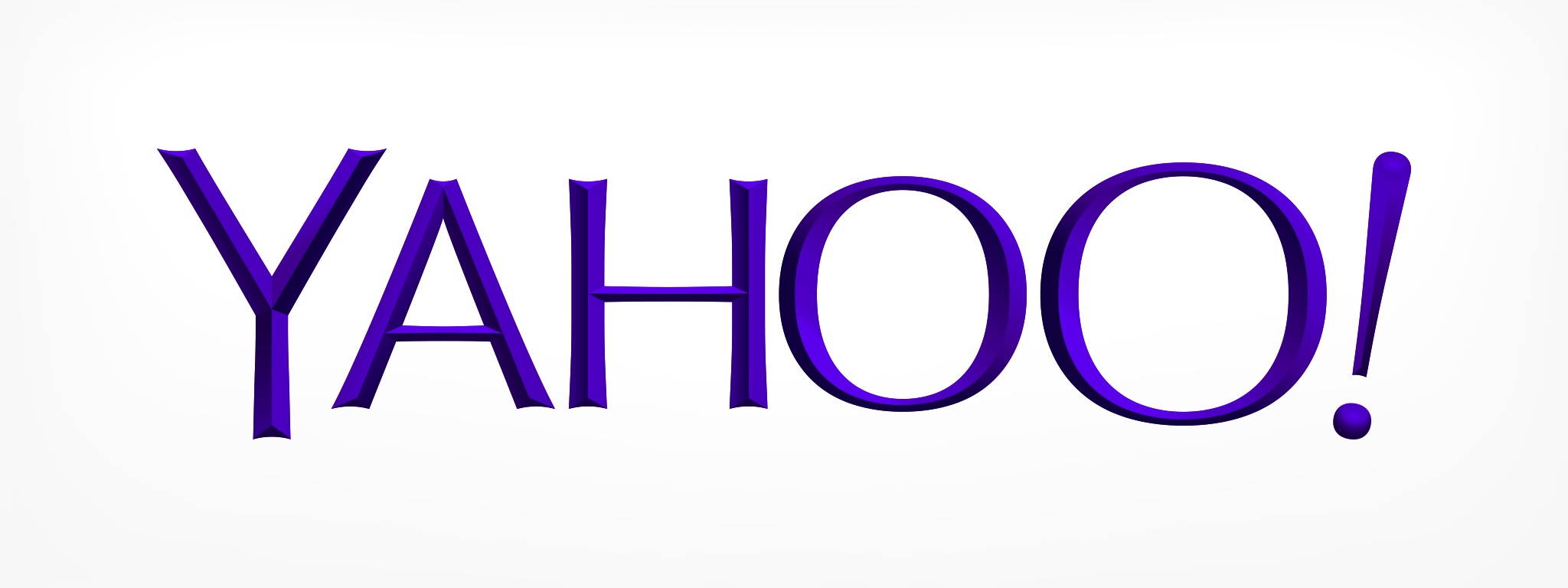Have you ever wondered if your music player was detracting from the original quality of the music? Well, it’s quite possible. After music is recorded, the file is compressed from its original rate of typically 192 kHz to about 44.1kHz in order to fit on CDs and properly download. But does this actually affect the sound we hear? Famous singer Neil Young believes it does, and so he set out in 2012 to create a device that would be able to support music’s original recording rate. To do this, Young and his team asked for $800,000 in funding through Kickstarter, but music lovers seemed to believe in the idea just as much as Young, as donations exceeded $6.2 million. And thus, the PonoPlayer was created.
The PonoPlayer claims to let listeners hear high-quality music in a way that gives puts the “soul” back according to Young and many others in the music industry. In a video produced by PonoMusic, artists such as Norah Jones, Arcade Fire, Foo Fighters, Kid Rock, Mumford & Sons, Red Hot Chili Peppers, and many other music icons agreed that listening to the PonoPlayer let music be heard in a way as never before heard when using a portable device. With all these stars agreeing that this is a revolutionary device, how can it not be true? But a double blind study by Yahoo! found that average music listeners could not confidently agree.
The study tested the PonoPlayer versus an iPhone and the results concluded that the people thought the iPhone actually played better sound. So why do so many say that this new device is the key to better music? No one is too sure, because those who say they love the PonoPlayer focus on the difference they “feel,” not the difference they “hear.” It looks like the better sound may just be a trick of the mind, because according to scientific studies, the human ear can’t even pick up differences after 44.1kHz (that of the average CD or download).
In the end, paying $400 for the PonoPlayer, plus having to re-download every song for $2, may not be the best investment in a “feeling.” But you can decide for yourself by trying it out at Fry’s Electronics. Would you want to try it? Buy it?
Read More… Post Comment




